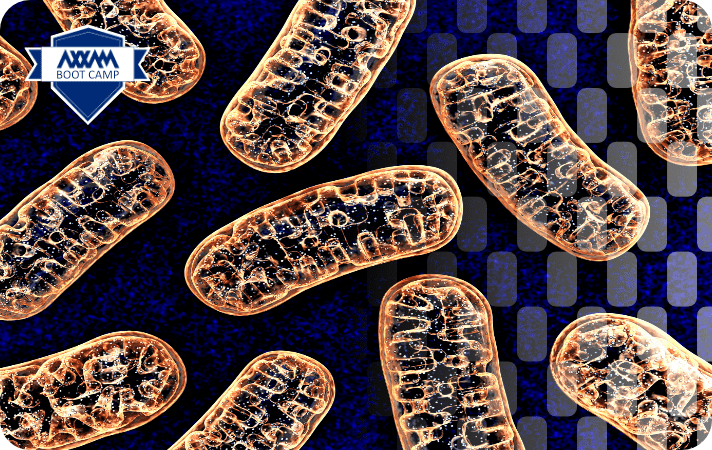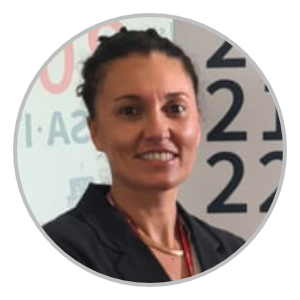Webinar

Axxam Mito-logy is not a Myth! Targeting the Cell Energy Factory
Webinar Summary:
Mitochondrial organelles play an important role in cellular energy metabolism and biochemical reactions, and this it is not surprising that mitochondrial dysfunctions have been implicated in numerous human diseases, such as neurodegeneration, cardiovascular, neuromuscular and metabolic disorders, as well as cancer and aging processes. Given their crucial role, only the integration of innovative approaches, such as high-content imaging, electrophysiology, miniaturization, and screening formats, can lead to a more comprehensive understanding of the mitochondrial function and the development of new strategies for prevention and treatment of various serious human diseases.
In this webinar we will look at these organelles encountering autophagy using imaging, responding to stressors through the production of reactive oxygen species, and get a close-up on their electrical function using a superlative MitoPatch analysis of individual mitochondria.
Keywords:
Mitochondria, autophagy, mitophagy, high-content screening, drug discovery, imaging, electrophysiology, MitoPatch, ROS, diseases.
Speakers:
– Manuel Paina, Organellar Electrophysiology, Supervisor
– Fernanda Ricci, Unit Head, High Content Screening

Manuel is an electrophysiologist with several years of experience in both manual and automated patch-clamp platforms, applied to a large panel of ion channels. He obtained his PhD at the University of Milan, where he investigated the biophysical and pharmacological role of HCN4 channels on pace-making. During two years of post-doc at the University of Milan, he investigated mutations in the sodium channel NaV1.5. He joined Axxam in 2015, where he started to work with automated patch-clamp platforms, and specialized in organellar electrophysiology, to perform patch-clamp experiments on ion channels expressed on nuclear, lysosomal and mitochondrial membranes.

Fernanda is currently responsible for the High Content Screening (HCS) Unit at Axxam. She has ten years of experience in the field of screening technologies for drug discovery with focused expertise in imaging cell-based assays. Before joining Axxam, she worked in academia. During her PhD in Molecular Biophysics (Scuola Normale Superiore, Pisa; Italy) she developed biosensors with high spatial and temporal resolution for cellular imaging applications (such as CloPhensor). She spent her post-doc studies in the Screening Unit of the Italian Institute of Technology (IIT, Milan; Italy), where she was responsible for the development of wide-genome screenings by means of phenotypic readouts. She is author of 12 peer-reviewed publications, two international patents and one Italian patent and an image analysis pipeline published on the CellProfiler website (Broad Institute of Harvard and MIT http://cellprofiler.org).
